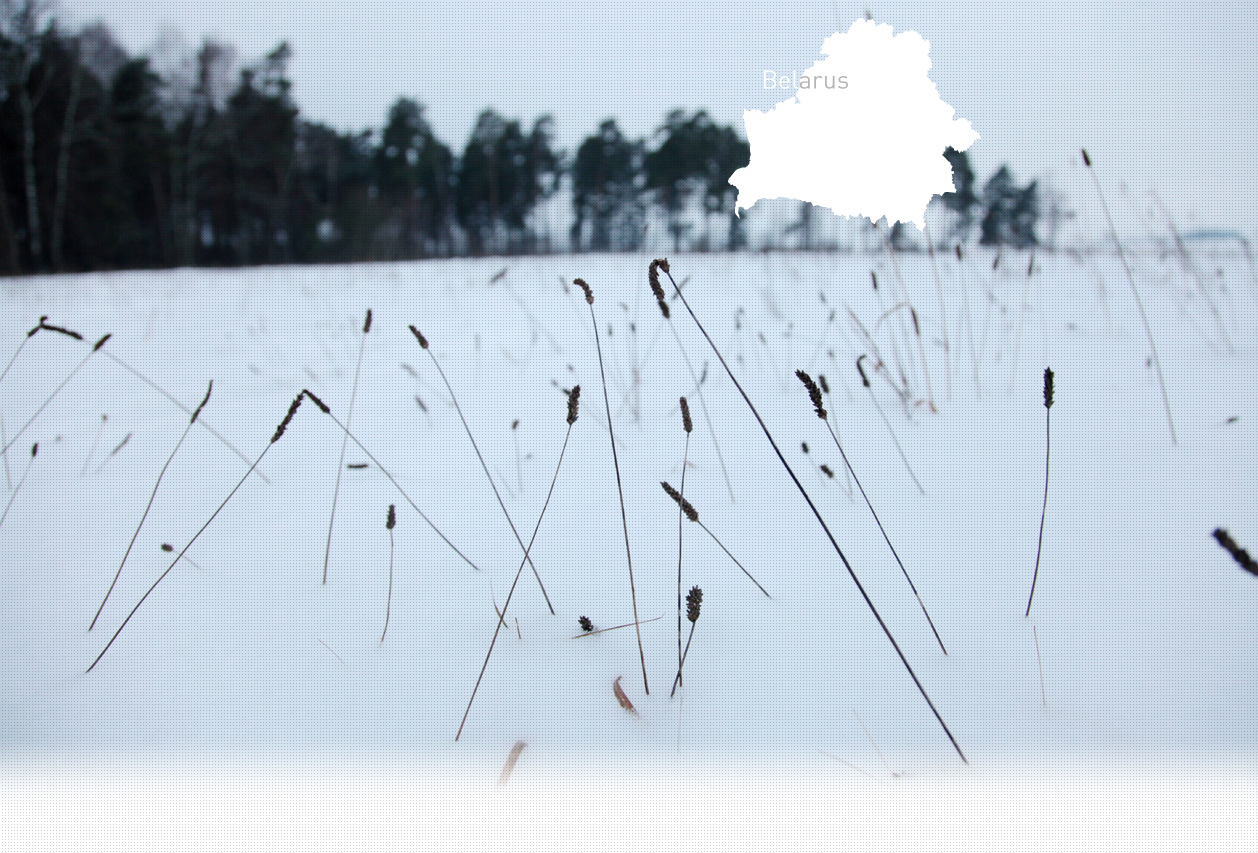

2 Killing site(s)
Konstantin T., born in 1927: “The rest of the Jews, about two or three families, were gathered in two Jewish houses on Proletarskaya street and forced to do farming work. They weren’t guarded. Once, a cart carrying Germans passed by. They stopped and threw a grenade inside one of the buildings where the Jews were. Just beforehand they’d forced an old Jewish woman inside the house. Nobody in the house survived the explosion. One German entered the house to check for survivors, then they all left. I saw that from about 100-200 meters away. The Germans came from Vileyka; they wore light military uniforms. Only elderly Jews were at home at that moment, the others were all working. The bodies of the victims were buried in the Jewish cemetery. The rest of the Jews left the village after this incident. Only four or so of them came back after the war.” (Testimony n°906, interviewed in Krivichi, on May 23, 2016)
“On April 20, 1942 the German Gestapo arrived from Vileyka and gathered the whole Jewish population of Krivichi in a barn. From there they were taken one by one to a place around 50m from the barn and forced to undress. Once 5 Jews were undressed, they were escorted back to the barn and shot by two German officers. In all, they shot 120 people. Later, when they were tired of shooting, they forced the remaining Jews, about 80 people, to enter to the barn and set it on fire. Sonia Davidova, 9 years old, tried to get out but she was thrown in the flames.
40 Jews managed to hide the day of the shooting but they were later discovered and gathered in a house, some of them were stabbed to death. Then a grenade was thrown in." [Act drawn up by the State Extraordinary Commission after the war; RG 22.002M. Fond 7021, Opis 83, Delo 7]
Krivichi is located about 109km north of Minsk, on the banks of the Servach River. In 1897, there were 457 Jews in the village. Due to the relocation of the Jewish population, this number dropped significantly. In 1921, there were only 178 Jews living in the village. During the 1920s, some Jewish organizations operated in the village. There was a two-storied synagogue located in the center of the village and a Jewish cemetery which still remains today. The Jews were religious and respected Shabbat. Jews spoke their own language at home, but at school they studied in Polish alongside with the other local children. On the eve of the war, there were about 400 Jews in Krivichi. The Germans occupied the village in early July 1941.
Immediately after the German occupation a Judenrat and local police were created. All Jews were registered and marked with yellow patches in form of the Star of David. They were subjected to perform different kinds of forced labor. Initially, local Jews lived in their own homes and the synagogue remained open, but all commercial activity was halted.
The first anti-Jewish Aktion was carried out on April 28, 1942, by German units from Vileyka and Dolginovo, assisted by local police. The Jews were taken on foot to a site behind the old school where a large, unfinished threshing floor owned by a local resident and a barn were located. Thanks to a local eyewitness, Yahad was able to obtain more information on how the execution was conducted. According to the witness, the victims were forced to undress down to their underwear inside the log house. Then they were forced to run to the barn and shot once they reached the middle of it. The distance between the log house and the barn was about 25m. When the execution was over, the Germans locked the barn and left. Local people then rushed to site to search for clothes, while Jews who were only wounded tried to come out of the barn. 15 minutes later the Germans, returned in two, three or four trucks, loaded the clothes and belongings, and set the barn on fire. The Germans left bofore the barn had burned down. About 130 Jews were shot during this Aktion and over 80 were burned alive in the barn. Some skilled workers, along with their families, managed to avoid the shooting.
The rest of the Jews, about two or three families (up to 200 Jews, according other sources), were assembled in two Jewish houses on Proletarskaya street and forced to do farm work. They were not guarded. According to one witness, in September 1942, elderly Jews who were staying at home while the younger Jews worked were blown up with a grenade. The bodies of the victims were buried in the Jewish cemetery. Only four Jews returned to the village after the war.
Do you have additional information regarding a village that you would like to share with Yahad ?
Please contact us at contact@yahadinunum.org
or by calling Yahad – In Unum at +33 (0) 1 53 20 13 17